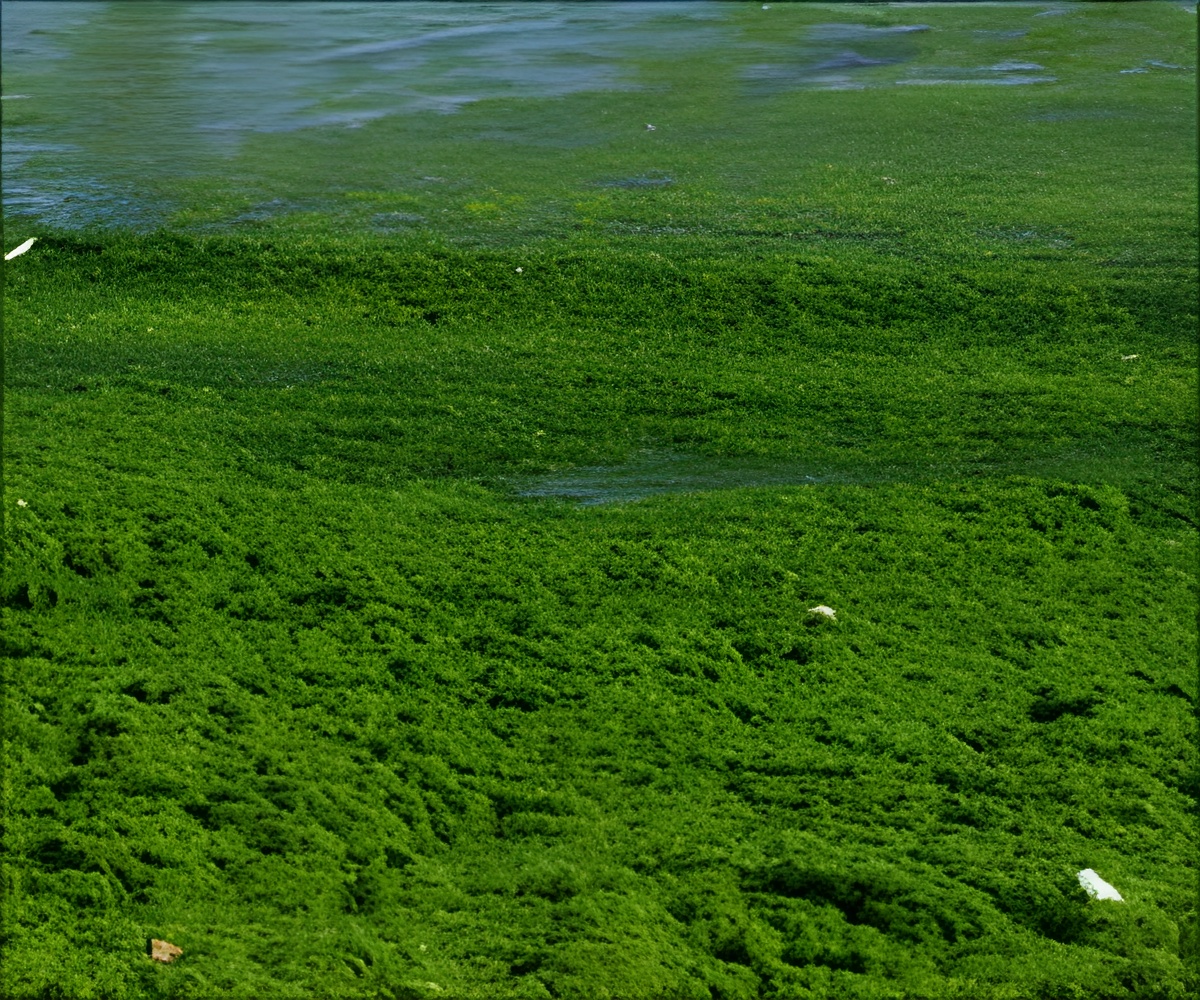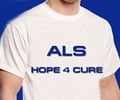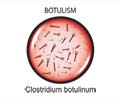New study revealed that algal toxin has been linked to significantly increased occurrence of sporadic amyotropic lateral sclerosis in populations.

‘More than 150 mutations of SOD1 have been associated with ALS, but the structural changes from those mutations aren't enough to affect the stability of the protein.’





The toxin is produced by cyanobacteria, a blue-green algae, and can occur in marine ecosystems. According to the researchers, BMAA accumulates in sharks, shellfish and bottom feeders -- so populations relying mainly on these food sources may be at risk. Elizabeth Proctor, assistant professor of neurosurgery, and Nikolay Dokholyan, professor of pharmacology, used a computer to investigate why exposure to the toxin may lead to the development of diseases like ALS.
According to the researchers, if BMAA becomes part of a protein called copper-zinc superoxide dismutase (SOD1), the protein may adopt a form that is toxic to neurons.
Proctor, who holds a doctorate in bioinformatics and computational biology, said the study may be a model for investigating non-genetic cases of ALS, which account for 90% of all diagnoses. "Our results suggest a need for further investigation of SOD1 modification patterns in ALS patients," Proctor said. "If we can determine the molecular patterns of disease onset and progression, it may aid in the development of lifestyle and preventative interventions for sporadic ALS."
What eluded researchers was an explanation for why BMAA led to the development of ALS and other neurodegenerative diseases.
Advertisements
Proteins are built using 20 amino acids according to specific "recipes" coded in DNA. Slight changes to the "ingredients" can result in proteins that aren't able to function the way they are supposed to. Proctor said if enough BMAA is present in a motor neuron that is building SOD1, it may be mistaken for the amino acid L-serine, which has similar properties. According to the researchers, who used computer modeling to see what the protein would look like with BMAA instead of serine, this substitution critically alters the structure and stability of the protein.
Advertisements
According to the researchers, studying patterns of SOD1 modifications in patients may be useful in developing potential interventions for sporadic ALS. One example of a possible intervention is L-serine supplementation for people exposed to a high amount of BMAA.
Although the study suggestions a connection between two pieces of ALS evidence, Dokholyan says many molecular factors contribute to the presentation of symptoms that doctors see. "A variety of gene mutations and external factors, like BMAA exposure, are associated with ALS," Dokholyan said. "If we can figure out one pattern out, it may give clues for how to unlock others."
Source-Eurekalert













